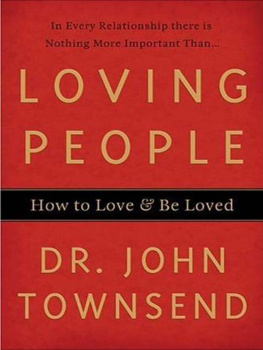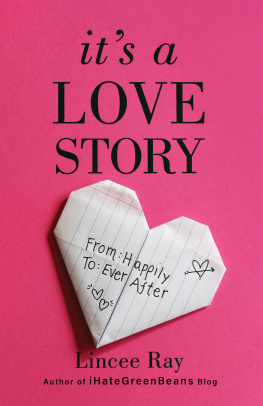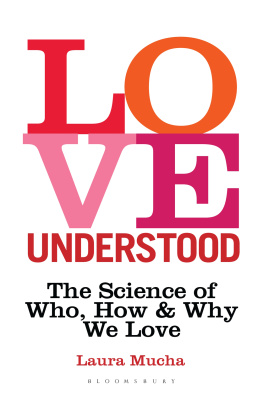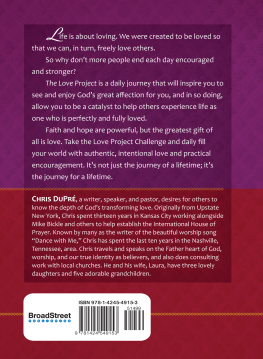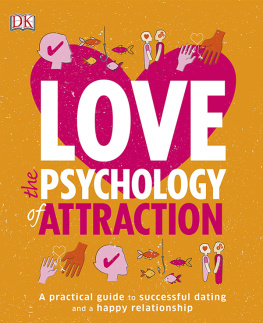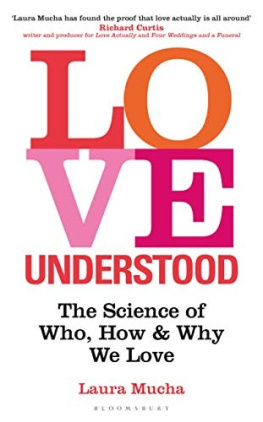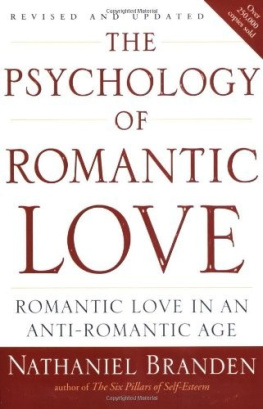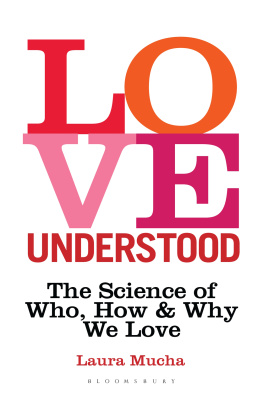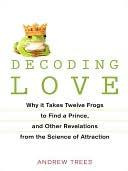We hope you enjoyed reading this Simon & Schuster ebook.
Get a FREE ebook when you join our mailing list. Plus, get updates on new releases, deals, recommended reads, and more from Simon & Schuster. Click below to sign up and see terms and conditions.
CLICK HERE TO SIGN UP
Already a subscriber? Provide your email again so we can register this ebook and send you more of what you like to read. You will continue to receive exclusive offers in your inbox.
Thank you for downloading this Simon & Schuster ebook.
Get a FREE ebook when you join our mailing list. Plus, get updates on new releases, deals, recommended reads, and more from Simon & Schuster. Click below to sign up and see terms and conditions.
CLICK HERE TO SIGN UP
Already a subscriber? Provide your email again so we can register this ebook and send you more of what you like to read. You will continue to receive exclusive offers in your inbox.

Simon & Schuster
1230 Avenue of the Americas
New York, NY 10020
www.SimonandSchuster.com
Copyright 2017 by Mandy Len Catron
All rights reserved, including the right to reproduce this book or portions thereof in any form whatsoever. For information, address Simon & Schuster Subsidiary Rights Department, 1230 Avenue of the Americas, New York, NY 10020.
First Simon & Schuster hardcover edition June 2017
SIMON & SCHUSTER and colophon are registered trademarks of Simon & Schuster, Inc.
Certain names and characteristics have been changed.
Aron, Arthur, et al. The Experimental Generation of Interpersonal Closeness: A Procedure and Some Preliminary Findings. Personality and Social Psychology Bulletin Vol. 23 (4), pp. 363377. Copyright 1997 by the Society for Personality and Social Psychology, Inc. Reprinted by permission of SAGE Publications, Inc.
For information about special discounts for bulk purchases, please contact Simon & Schuster Special Sales at 1-866-506-1949 or .
The Simon & Schuster Speakers Bureau can bring authors to your live event. For more information or to book an event, contact the Simon & Schuster Speakers Bureau at 1-866-248-3049 or visit our website at www.simonspeakers.com.
Interior design by Ruth Lee-Mui
Jacket illustration by Brian Rea
Jacket design by Jonathan Bush
Library of Congress Cataloging-in-Publication Data
Names: Catron, Mandy Len, author.
Title: How to fall in love with anyones : a memoir / Mandy Len Catron.
Description: New York : Simon & Schuster, [2017] | Includes bibliographical references.
Identifiers: LCCN 2017000307 | ISBN 9781501137440 (hardcover) | ISBN 9781501137457 (trade paper)
Subjects: LCSH: Catron, Many Len. | Man-woman relationships. | Love. | Courtship. | Mate selection.
Classification: LCC HQ801 .C3426 2017| DDC 306.82--dc23
LC record available at https://lccn.loc.gov/2017000307
ISBN 978-1-5011-3744-0
ISBN 978-1-5011-3746-4 (ebook)
To Mom and Dad, for showing me how to love
contents
introduction
Id been writing about the dangers of love stories for five years when my own story became a subject of international interest.
In January 2015, I published an essay in the New York Times s Modern Love column about a twenty-year-old psychological study designed to create romantic love in the laboratory using thirty-six increasingly intimate questions. I described my subsequent experience re-creating the study with an acquaintance (who later became my boyfriend) one summer night. The editors gave the story a particularly compelling headline: To Fall in Love with Anyone, Do This.
I felt nervous in the week before publication. I knew an article in the Times would mean a few thousand people reading about my three-month-old relationship. But the response was startling: The piece began circulating hours after it appeared online. Within weeks, it had been viewed millions of times.
It was obvious that Id offered something powerful: the idea that there might be a ready formula for falling in love.
I didnt really start thinking about love stories until my parents split up nine years ago, when I was twenty-six. As far as I knew, their marriage was happy. And then, suddenly, it wasnt. I began to wonder what I had missed.
It occurred to me that my struggle to make sense of my parents divorce was rooted in the story of how their romance had started, a story I had always loved. My parents met when my mom was in high school in a tiny Virginia coal mining town. She was a cheerleader and she had to interview the new football coachmy dadfor the school newspaper. They quickly became friends and then began seeing each other in secret. Four years after that they were married, along with my moms sister and my dads best friend, in a double wedding at the Baptist church. It was very American, very Appalachian, and, I always thought, the best love story I knew. When I was young, I told it to anyone who would listen.
Divorce was the wrong ending, one I hadnt even considered possible. For so long I thought of romantic love as a virtue, a moral triumph, a reward for people who made good life choices. But my parents divorce suggested that there were no guarantees in love, not even for the best and most devoted among us, or those of us with the perfect story.
Stories had shaped my hopes for love, but I could see that they were failing me. I decided to learn everything I could about love. I read articles on the neurochemistry of love, the psychology of romantic relationships, the economic history of marriage, and the sociological theories of storytelling. I rewatched the movies Id loved when I was young, like Notting Hill and Dirty Dancing . I listened to pop songs and read sonnets. I interviewed my grandmother and my parents, surveyed my friends, and borrowed marriage and dating advice books from the library.
For most of my life, Id conceptualized love as something that happened to me. It isnt merely the stories we tell about love that encourage this attitude, but the very words themselves. In love, we fall. We are struck, we are crushed. We swoon. We burn with passion. Love makes us crazy or it makes us sick. Our hearts ache and then they break. I wondered if this was how love had to workor if I could take back some control. Science suggested that I could.
Watching my piece go viral confirmed something Id suspected for years: When it comes to love, we prefer the short version of the story. My Modern Love column had become an oversimplified romantic fable suggesting there was an ideal way to experience love. It made love seem predictable, like a script you could follow.
And because of this, I understand why people askwhether in interviews or at dinner partiesif the man from the essay and I are still together, or whether we plan to get married, or have kids. I dont blame them for asking. They want proof of loves script playing out in the real world.
I still love love stories, but I also see the ways in which they limit our sense of whats possible in love. Love isnt as simple as our stories make it seem. But its complexity is what makes it so captivating. Writing these essays helped me find a way to write my own script for loveand wrest control from the thing that was controlling me.
the exploded star
the myth of the right person
In early 2010, I signed a declaration of marriage to a man I was thinking of leaving.
Its official, Kevin said as he arrived home from work, dropping a folder on the coffee table next to my slippered feet. We are now married in the eyes of the Canadian government.
Next page

